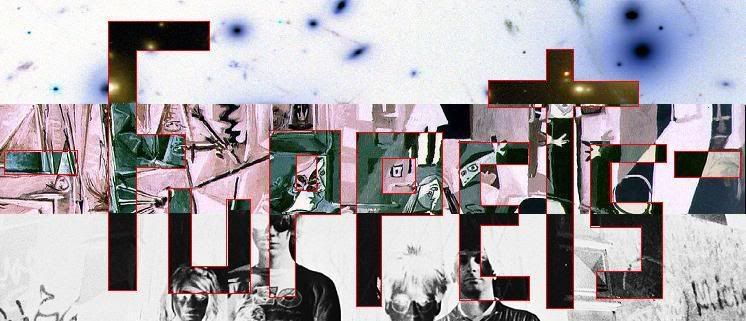20 years before Edison created his phonograph, which used a needle to scribe sound waves captured by a large cone onto wax cylinders, Édouard-Léon Scott de Martinville, a Parisian inventor, managed to use a similar method to capture the earliest known recording.
A bunch of wavy lines scratched by a stylus onto fragile paper that had been blackened by the soot from an oil lamp [which] dates from 1857. ( US NEWS )

Scott's 1859 drawing of his phonautograph shows a device in which a stylus inscribed sound waves on soot-blackened paper wrapped around a hand-cranked cylinder. The device allowed him to make longer recordings by producing a continuous, heliacal pattern, or phonautogram (at right), as the cylinder turned and the stylus moved.
(Credit: From www.firstsounds.org)
What the French inventor essentially had were visual representations of sound, or phonautograms, as he called them. These phonautograms lay stored in a French patent office for 150 years.
In 2008, record historian David Giovannoni of Derwood, Md., and his colleagues, part of an informal group of researchers known as First Sounds, uncovered the first cache of them.Some of these were transcribed using a laser stylus.
Here is a sample. It contains a snippet of the inventor himself singing Fly, Little Bee.
Here is the earliest known example, of a barely recognizable human voice.
The history of recorded sound is an amazing exploration, and who knows what else may turn up?

No comments:
Post a Comment